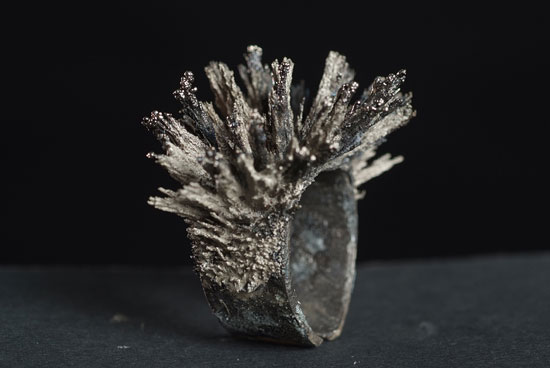We have decided to measure the strength of the magnet by the quantity of iron powder (measured in weight) that it can lift from a Petri plate. After rising it, we disconnect the current from the magnet and the powder will fall on another Petri plate and then we weight it in a precision balance (which gives four decimals) to know the exact iron powder lifted.
We will put 200g of iron powder in the first Petri plate. The biggest magnets are suppose to take more iron powder than the other because of the higher attraction that it performs as it´s nucleus is wider (it must have a higher magnetic field, as the rest of the constants are controlled). There's a little problem about the powder left in the magnet when disconnecting the current, some of it will still be attached to it because even if the magnet is disconnected, some magnetism is left in it, but we can easily make them fall with a little spoon, and no powder will get stuck in it.
This is what is happening to the iron powder in the petri plate (but in a quite lower way)
